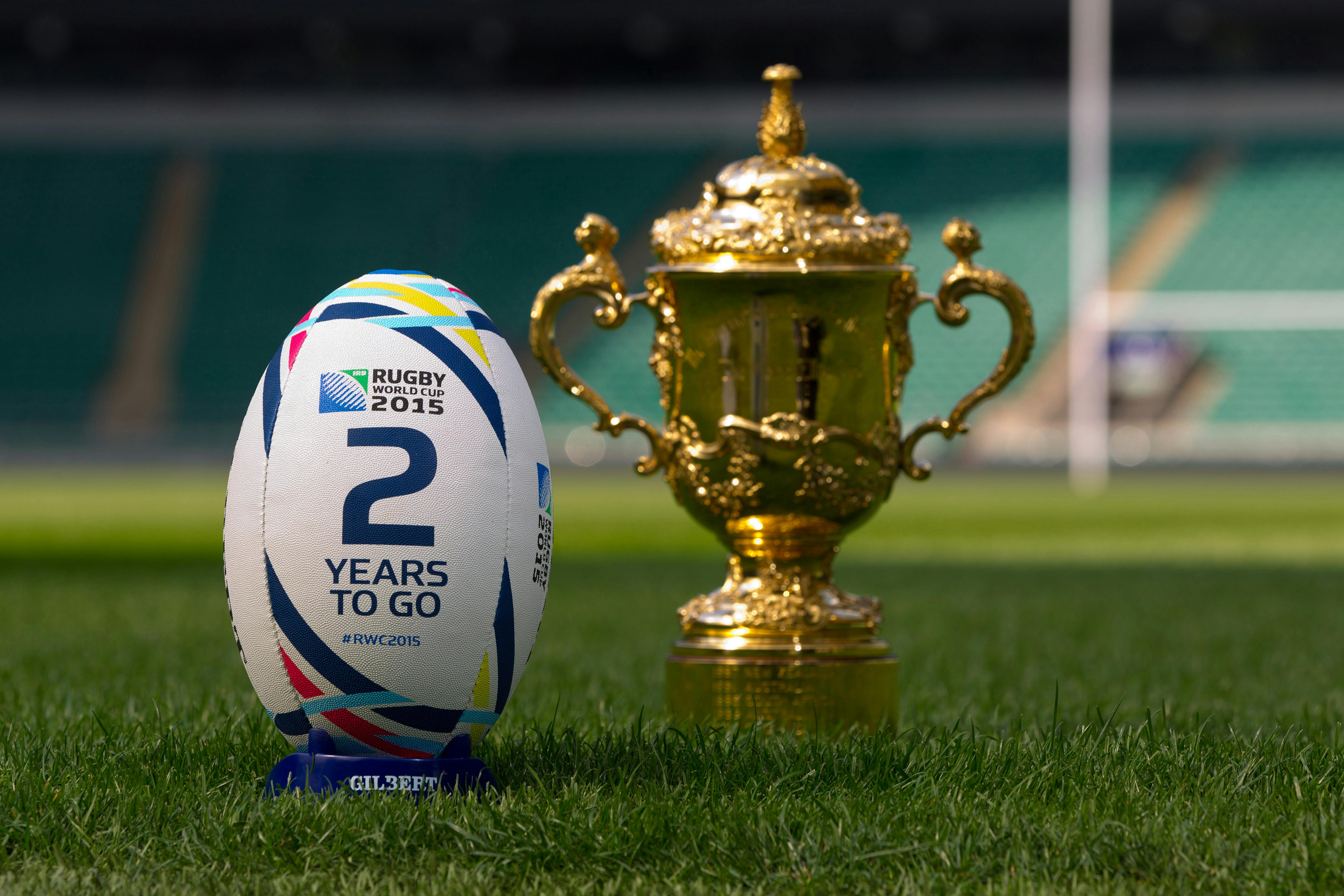World Cup 96 – a name that might evoke hazy memories for some, a thrilling chapter in football history for others. This wasn’t just another tournament; it was a crucible of unforgettable matches, iconic players, and a cultural phenomenon that resonated globally. Prepare to relive the drama, the triumphs, and the sheer excitement of a World Cup that left its mark on the beautiful game.
From the qualifying rounds, where nations battled for a coveted spot on the world stage, to the final whistle, this exploration delves into the heart of the 1996 World Cup. We’ll analyze the tournament’s format, dissect key matches, celebrate standout players, and explore the lasting impact of this unforgettable event on the sport and global culture. Get ready for a nostalgic journey back to a time when the passion for football burned brightly.
Cultural Impact: World Cup 96
The 1996 World Cup, hosted by England, left an indelible mark on both the nation’s cultural landscape and the global perception of the tournament itself. Beyond the sporting spectacle, the event fostered a surge in national pride, boosted tourism, and ignited conversations about English identity and its place in the world. The global media’s intense focus amplified these effects, shaping how the event was remembered and influencing future World Cups.The tournament’s impact transcended the realm of sport, weaving itself into the fabric of popular culture.
From the iconic imagery of the event to the songs that became anthems, the 1996 World Cup permeated everyday life in England and beyond.
Social and Cultural Impact in England
The 1996 World Cup acted as a powerful catalyst for national unity in England. The shared experience of supporting the national team, regardless of individual backgrounds or regional differences, created a sense of collective identity and national pride. This was particularly significant given the social and political climate of the time. The tournament spurred investment in infrastructure, including stadium renovations and improvements to public transportation, leaving a lasting legacy on the host cities and towns.
Furthermore, the influx of international visitors boosted the tourism industry, generating economic benefits and exposing England to a diverse range of cultures. The increased visibility of England on the global stage also enhanced its international image.
Global Media Coverage and its Effect, World cup 96
The 1996 World Cup benefited from unprecedented global media coverage, reaching billions of viewers worldwide. This extensive coverage significantly impacted the tournament’s perception. The dramatic matches, unexpected upsets, and the passionate displays of fans were broadcast to a global audience, shaping the narrative surrounding the event. The media’s focus on individual players and their stories further personalized the competition, creating a stronger emotional connection with viewers.
The extensive media coverage also contributed to the tournament’s commercial success, with significant revenue generated through sponsorships, broadcasting rights, and merchandise sales. This demonstrated the power of global media in shaping the perception and commercial success of major sporting events.
Impact on Popular Culture
The 1996 World Cup’s impact on popular culture was profound and long-lasting. The tournament’s iconic imagery, including memorable goals, passionate fan celebrations, and the distinctive uniforms of the participating teams, became ingrained in the cultural memory. The songs and anthems associated with the event gained widespread popularity, transcending the boundaries of sport to become part of the broader cultural landscape.
The tournament’s influence also extended to fashion, with styles and trends inspired by the World Cup gaining traction. The event’s legacy can still be seen in the way sporting events are marketed and consumed today, highlighting its enduring influence.
Visual Aspects of the Tournament
The 1996 World Cup presented a vibrant visual spectacle. The teams’ uniforms, often featuring bold colors and designs, added to the tournament’s dynamic aesthetic. The stadiums, a mix of traditional and modern designs, provided stunning backdrops for the matches. The fan celebrations were particularly striking, with a kaleidoscope of colors and passionate displays of national pride filling the stands.
From the roar of the crowds to the waving flags and banners, the visual energy was infectious, creating an atmosphere of excitement and shared enthusiasm that captivated audiences worldwide. The opening and closing ceremonies further enhanced the visual spectacle, showcasing England’s culture and history.
The 1996 World Cup wasn’t just about goals and victories; it was a tapestry woven with threads of passion, skill, and unforgettable moments. From the roar of the crowds to the nail-biting tension of crucial matches, the tournament etched itself into the annals of football history. This retrospective journey has hopefully reignited your memories or introduced you to a pivotal era in the sport’s evolution.
The legacy of World Cup 96 continues to inspire, proving that the magic of football transcends time.
Do not overlook the opportunity to discover more about the subject of india versus australia 2023 world cup.


